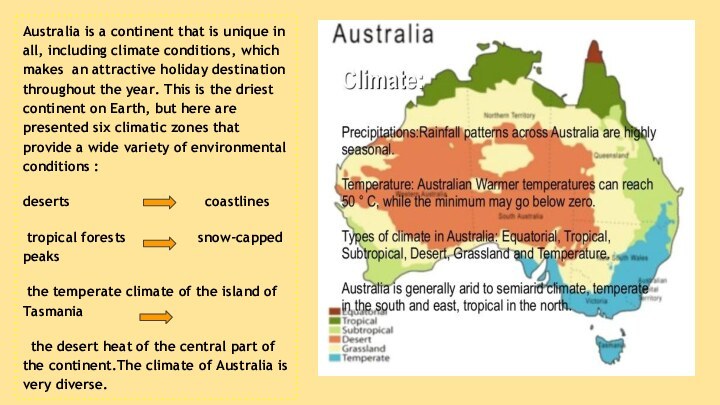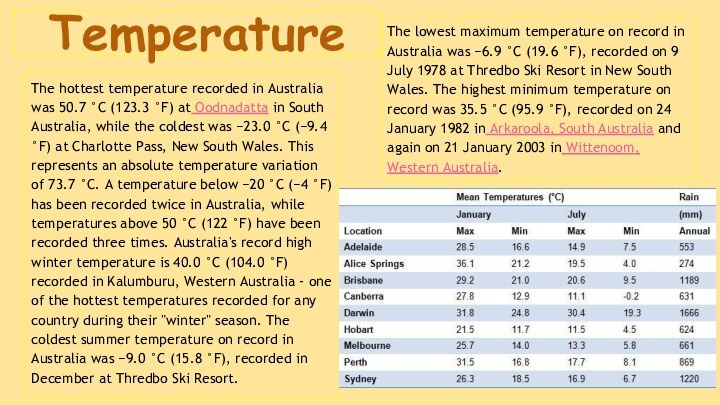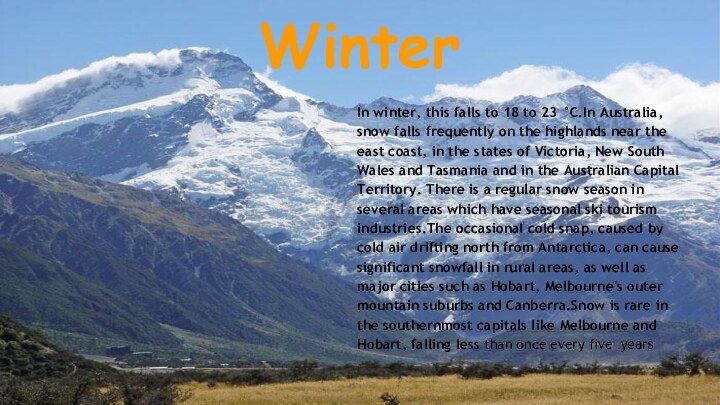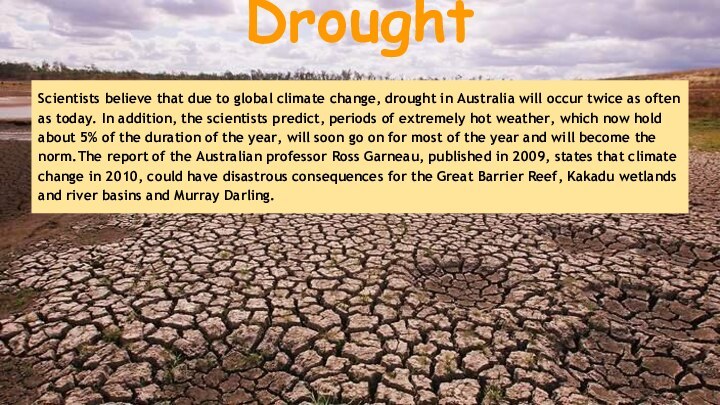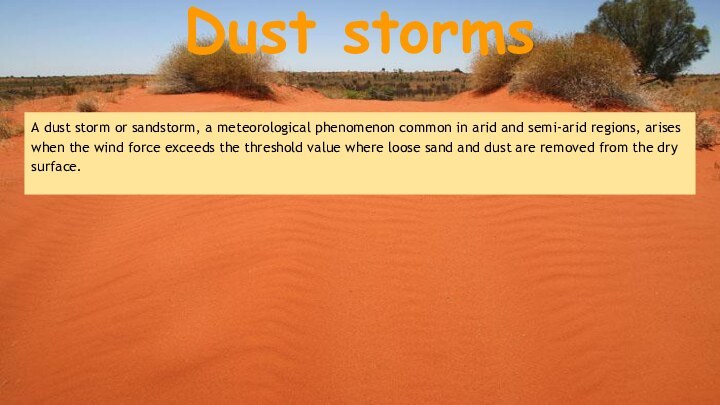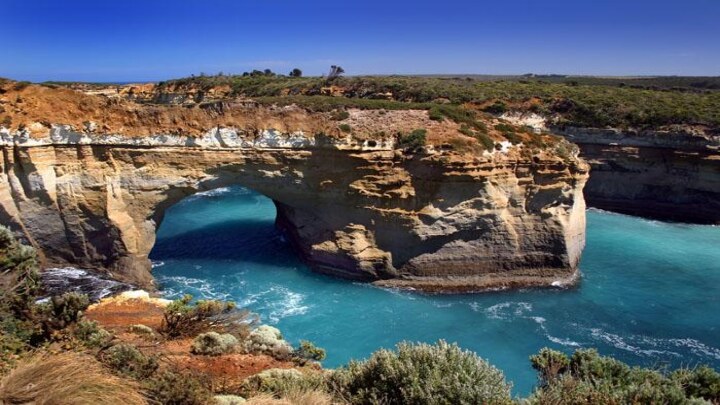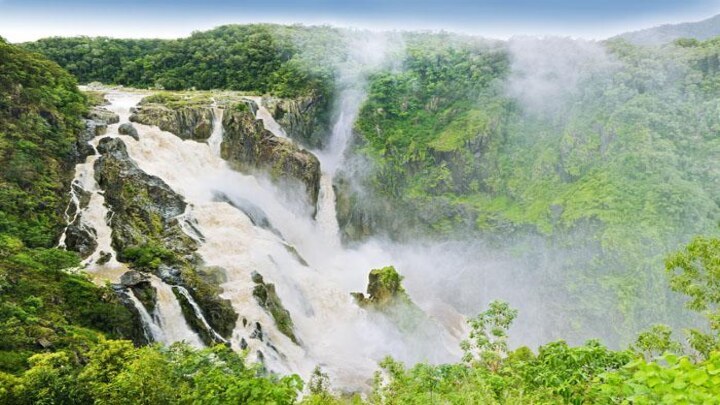°C (123.3 °F) at Oodnadatta in South Australia, while
the coldest was −23.0 °C (−9.4 °F) at Charlotte Pass, New South Wales. This represents an absolute temperature variation of 73.7 °C. A temperature below −20 °C (−4 °F) has been recorded twice in Australia, while temperatures above 50 °C (122 °F) have been recorded three times. Australia's record high winter temperature is 40.0 °C (104.0 °F) recorded in Kalumburu, Western Australia - one of the hottest temperatures recorded for any country during their "winter" season. The coldest summer temperature on record in Australia was −9.0 °C (15.8 °F), recorded in December at Thredbo Ski Resort.
The lowest maximum temperature on record in Australia was −6.9 °C (19.6 °F), recorded on 9 July 1978 at Thredbo Ski Resort in New South Wales. The highest minimum temperature on record was 35.5 °C (95.9 °F), recorded on 24 January 1982 in Arkaroola, South Australia and again on 21 January 2003 in Wittenoom, Western Australia.

